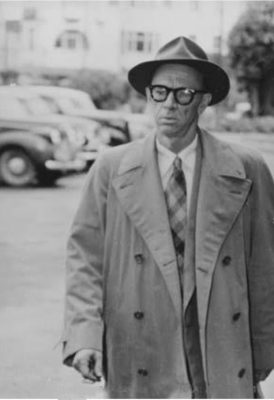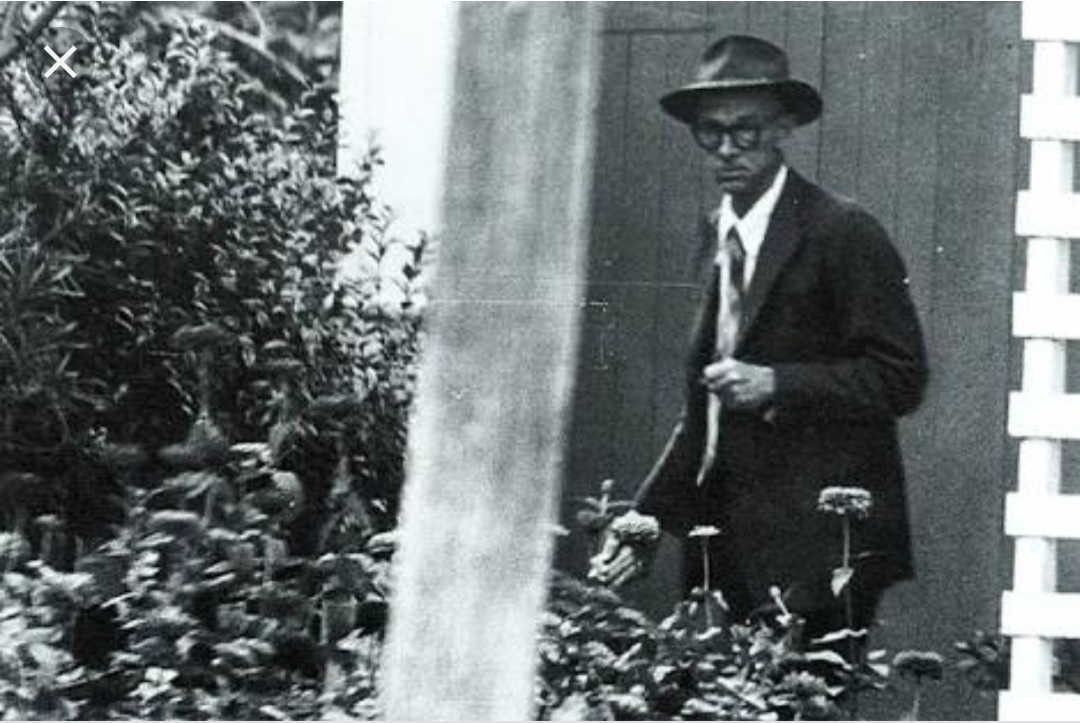By Lyn Collingwood, Bulletin 6/2024, August

The big news story of 1954 was the defection of Vladimir Petrov, a minor official at the Soviet Embassy in Canberra, and Federal Cabinet’s decision to institute a Royal Commission into Soviet espionage in Australia. Petrov handed over documents and made statements implicating Australian citizens. Evidence was given of code names, secret meetings and hiding places and money paid by an embassy official to a counterpart in the Communist Party of Australia (CPA). The proceedings generated widespread publicity worldwide but no charges were ever laid.
Brought before the Commission was Wally Clayton, the chief source of Soviet intelligence gathering in postwar Australia. Clayton was on the CPA payroll from the 1930s to the 1950s and had an extensive Australian Security file. Code-named ‘Curl’ by the CPA and ‘Klod’ by the KGB (Russian Security), he was identified by Dorothy Hewett as ‘Comrade X’ in the Petrov affair. After his appearance at the Commission, Clayton dropped from view; ASIO spent years looking for him.
In 1940 Walter Seddon Clayton, his stated occupation journalist, was renting rooms at Eglinton 268 Glebe Point Road.
Clayton was born on 24 March 1906 at Ashburton, New Zealand, the son of ironmonger Thomas Ernest Clayton, a migrant from Sheffield, and Alice Maude née Bean. Educated at Christ’s College, Christchurch, he left school at age 16 to work in sports dealers’ stores where he was suspected of pilfering money.
In 1930 Clayton was besotted by visiting opera company singer Paraguay-born Hilda Mary Lane, the attractive blonde niece of pioneering socialist William Lane. He followed her to Sydney and then to Melbourne where they married in 1931. He got work selling bags and travel goods.
Galvanised by the Depression, Clayton joined the CPA in 1933 and soon became a full-time Party functionary, organising and speaking at public meetings, writing articles and distributing pamphlets. Active in the Spanish Relief Committee and the Movement Against War and Fascism, he was fined for offensive behaviour in 1938 when he attended a protest demonstration against visiting Count van Luckner, viewed as an apologist for the Nazi regime. An early member of Melbourne New Theatre, Clayton built its first audience seats out of packing cases.
In 1939 Clayton was appointed CPA District Committee Secretary in Melbourne, but later the same year he moved to Sydney where he became a regular speaker in the Domain and was given the responsibility for organising finances and sales of the Party’s paper the Workers’ Weekly and its successor the Tribune. On the day the Menzies government declared the CPA an illegal organisation – 15 June 1940 – Special Branch conducted a raid on a Party member’s house at 6 Vernon Street Petersham. Clayton was discovered hiding in the toilet with a copy of The History of the Communist Party of the Soviet Union.
Recruited by Russian Security in 1943, Clayton used Katharine Susannah Prichard’s Sydney flat as a drop-off and pick-up point and passed on political gossip she’d gleaned from her son Ric Throssell in Canberra. He separated the printing of the Tribune from its distribution and adopted clandestine measures including aliases to exchange messages and material with secret contacts. Postwar he put together a network of people prepared to allow their properties to be used to hide printeries should the CPA be again banned.

Clayton was a member of the CPA’s ‘Inquisition’: the Central Control Commission and its subsidiary the Cultural Council. The CPA male hierarchy was puritanical, except in its own behaviour. It kept a close eye on the ideology and morality of Communist artists and made it its business to decide whether female members should be allowed abortions or divorces. New Theatre playwright Oriel Gray was hauled before the Council and chastised by Clayton for her ‘blue’ revue material. Clayton is almost certainly Gray’s spectacle-wearing Peter ‘Possum’ Pearson in her memoir Exit Left.
Clayton himself was sexually involved with a number of CPA women. In 1944, saying he didn’t like her musical friends, he deserted his wife to set up house with Shirley May Agnes Hallett. Hilda Clayton sought a court order but they divorced. Shirley Hallett died aged 25 in 1946.
Ten years later Clayton married Peace Joy Gowland whom he first met when she was working as a typist in the Sydney CPA office. Born on the last day of the First World War, Peace was one of 11 children, nine of whom became CPA members. By the 1970s the couple had settled at Salt Ash near Port Stephens where Clayton (‘The Snapper King’) made a living as a professional fisherman. He died at Waratah on 22 October 1997.
Sources: Australian Dictionary of Biography; Australian National Review Dec-Jan 1997-8; Gray, Oriel Exit Left; National Archives of Australia; NSW electoral rolls; New Theatre records; Search News vol. 4 no. 5 Nov 1997; Trove website.

Posted on 31 July 2024 by Lyn Collingwood
For more information email: heritage@glebesociety.org.au








Join the conversation on Facebook.